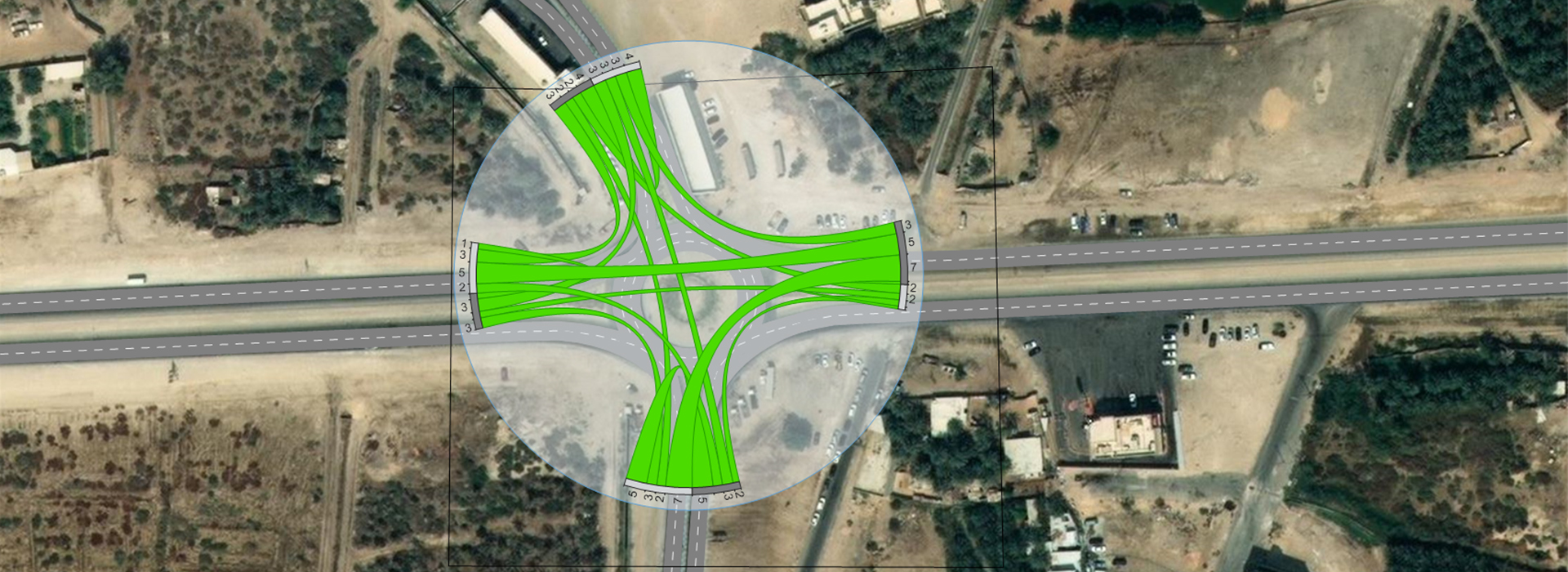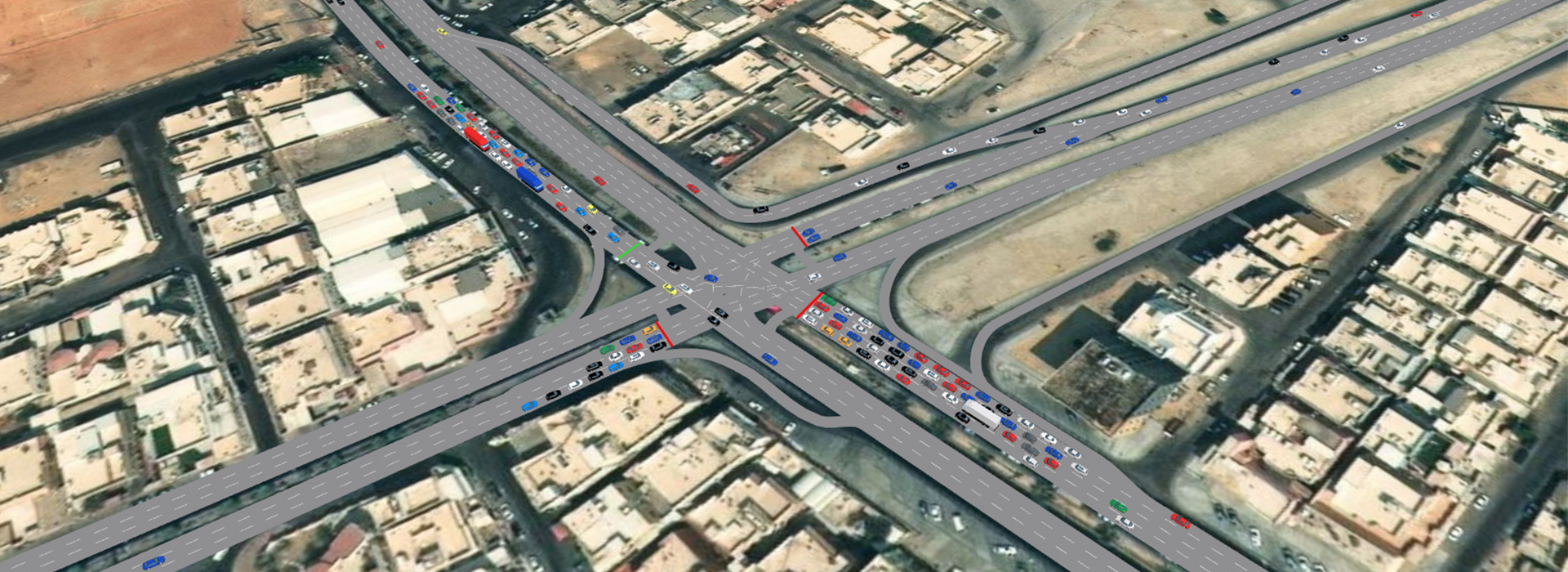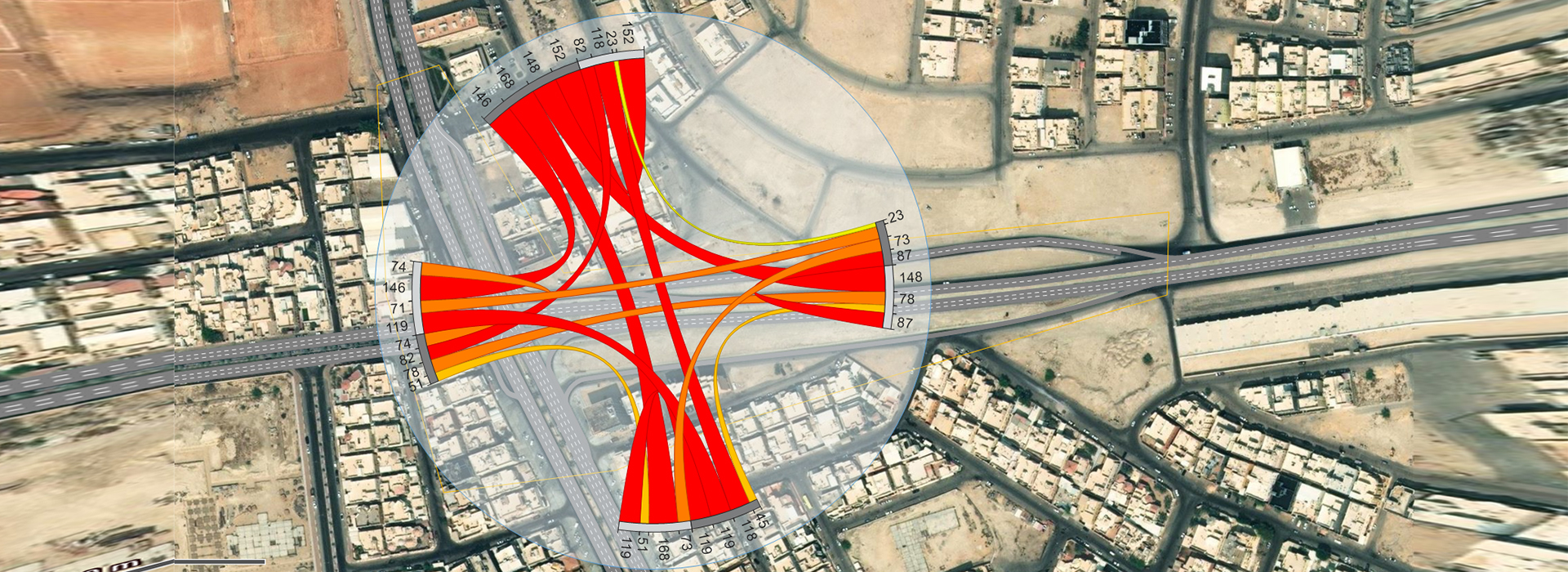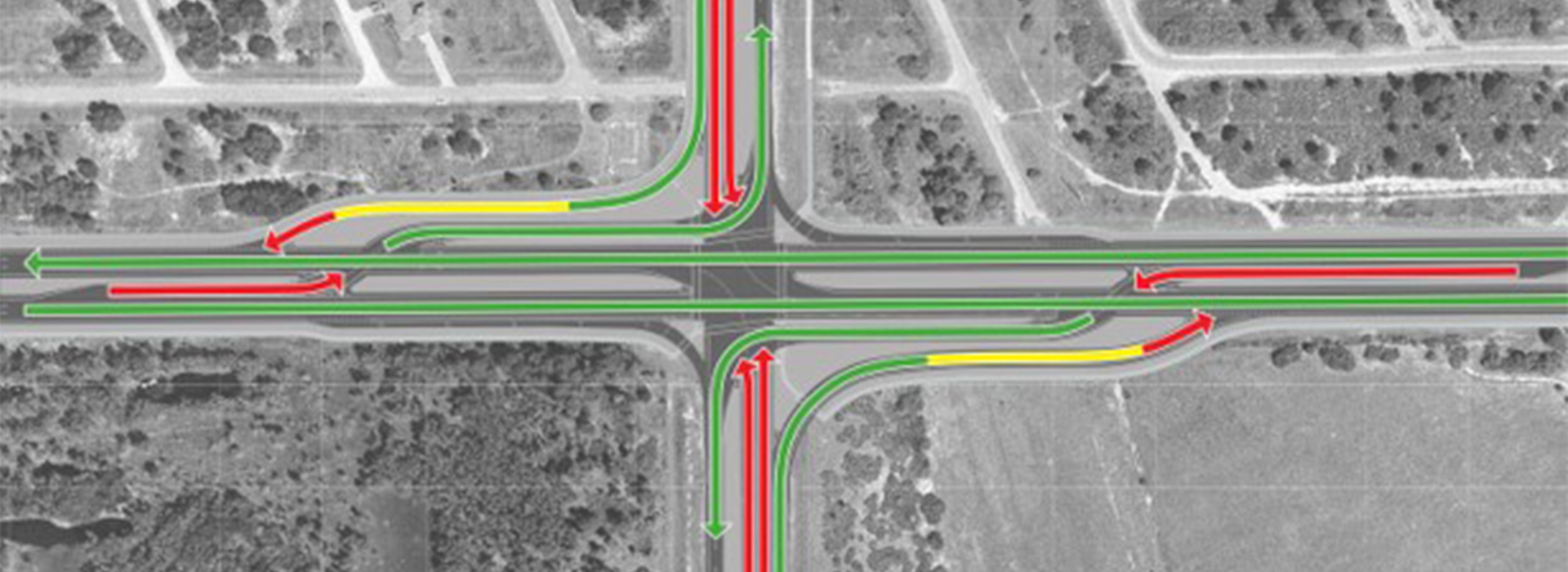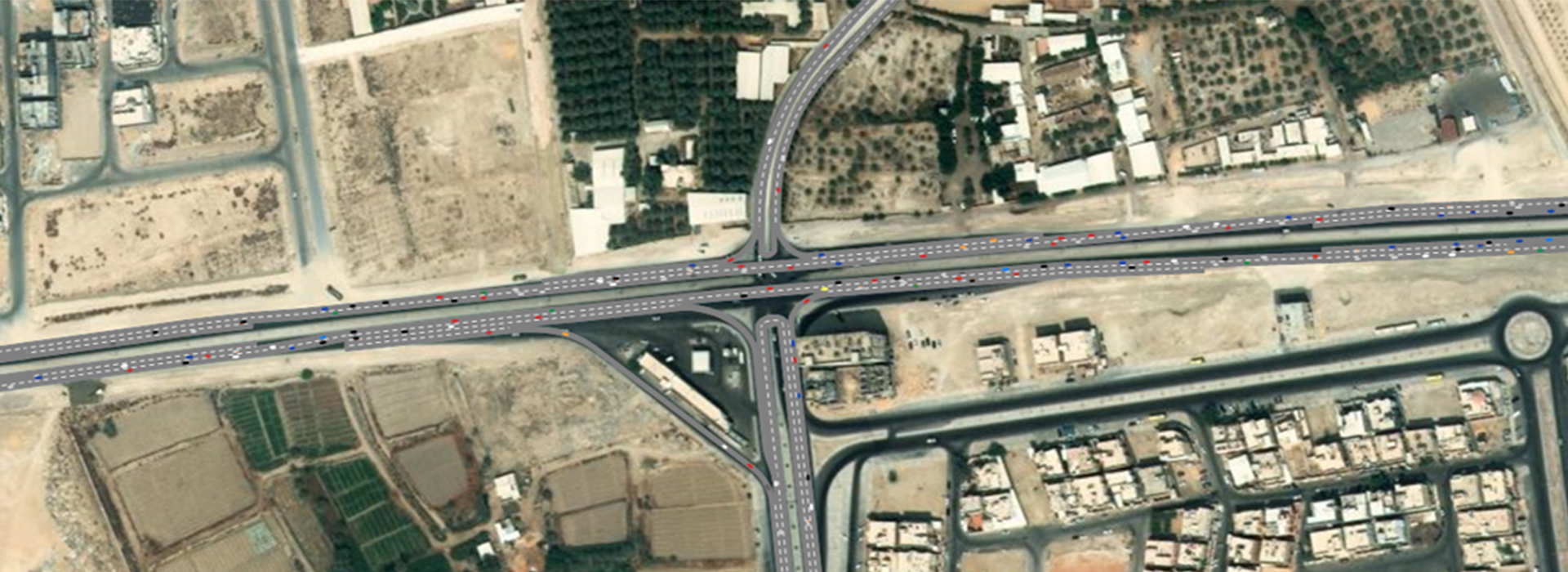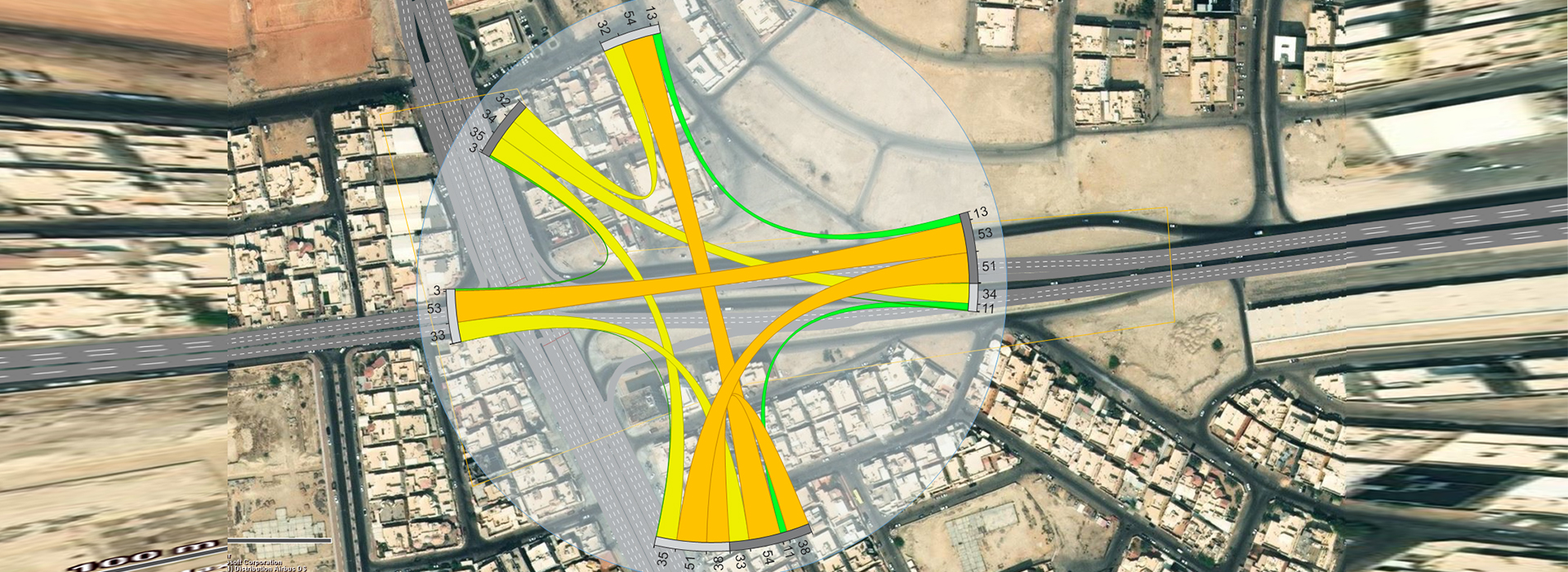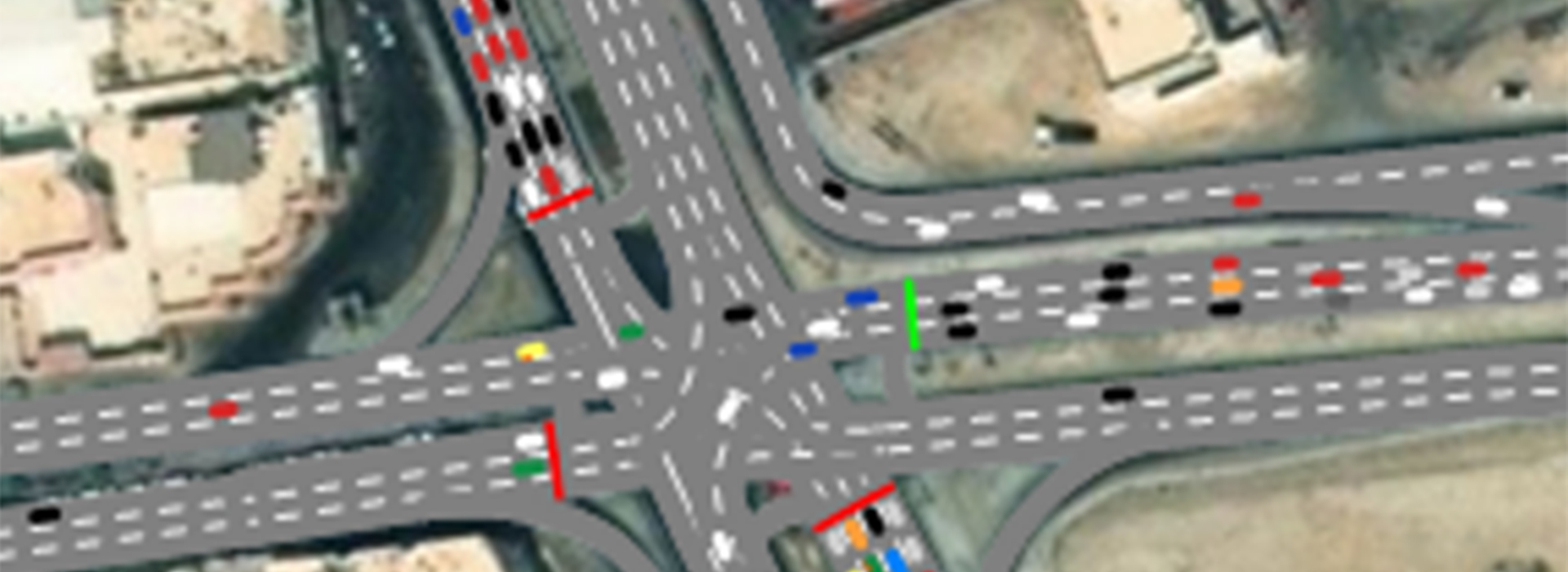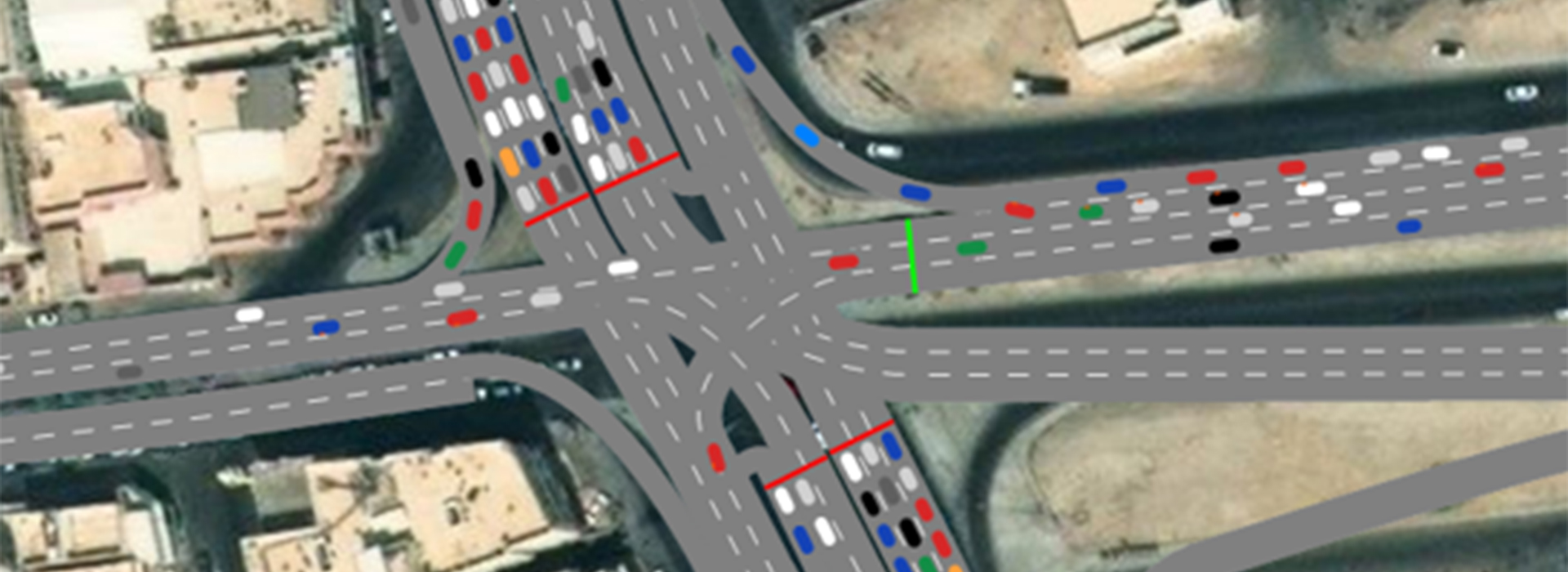Projects: Traffic and mobility
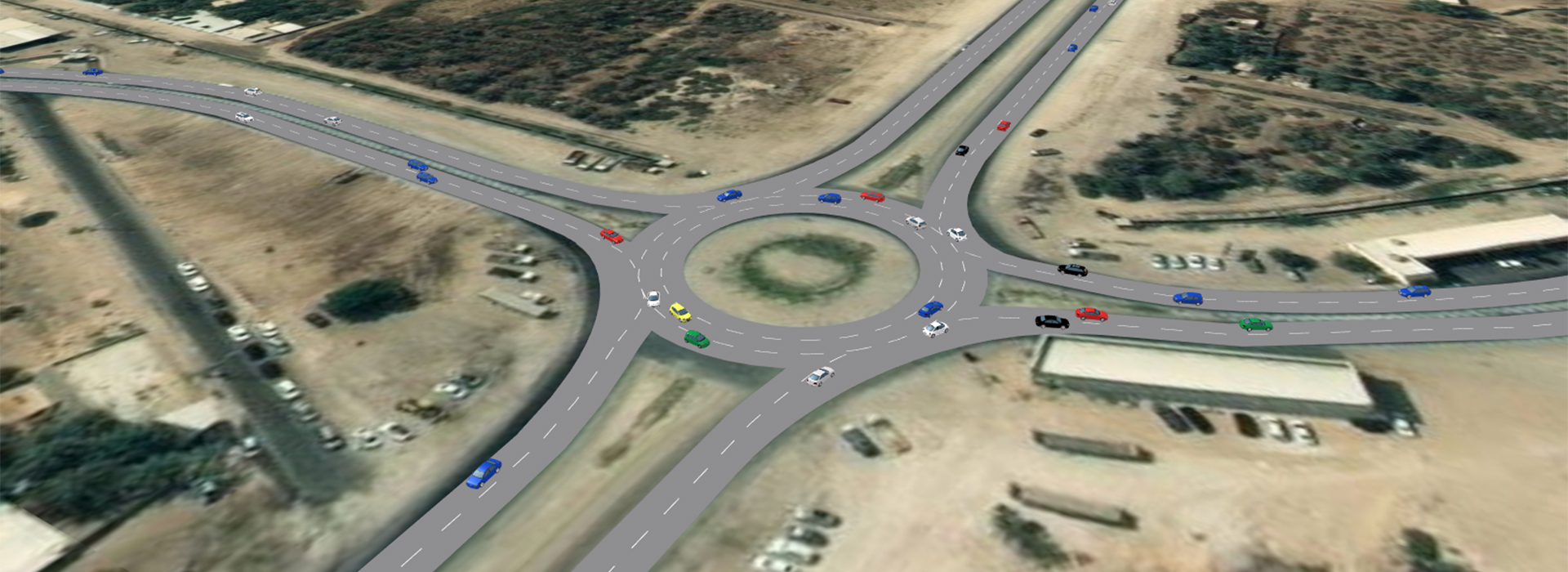
DESIGN AND OPERATIONAL PLAN FOR AL-UQAIR TOURIST ROAD IN AL AHSA
PROJECT FOR PREPARING DESIGNS AND OPERATIONAL PLANS FOR THE INTERSECTIONS OF AL-UQAIR TOURIST ROAD IN AL AHSA
Connecting Al Ahsa to the ancient fortress and present-day resort of Al-Uqair
Area of activity
TRAFFIC AND MOBILITY
Service
Sustainable Urban Mobility
Client
Sharqia Development Agency (SDA)
Scope
- Traffic Forecasts
- 10-year demand forecasts
- Vissim simulation models
- Traffic Impact Study
- Pavement Evaluation
- Roadway Design
- Multicriteria analysis of design options
- Intersection Redefinition
- Pedestrian Mobility Analysis
Duration
2021-2022
The Al-Uqair road connects the city of Al Ahsa to Qatar to the south, and to the ancient fortress and current resort of Al-Uqair to the east, on the Arabian Gulf coast. This road may gain importance in the future due to planned developments in the Al-Uqair area, including historical heritage sites, tourist attractions and residential developments. The project study area covers the urban section of this road and its 9 intersections, from the historic center to its connection with the outer ring road of the city.
This project was carried out in three stages. First, the current traffic levels were analysed, taking into account traffic intensities, as well as main and secondary turning volumes, traffic light cycles, driving behaviour at intersections, vehicle-pedestrian interaction and different aspects of road safety. For this analysis, traffic gauging and other data collection was performed using GPS navigators. With the current baseline data, future traffic volumes in the horizon year 2033 were estimated, also taking into account the planned developments on the parcels near the road.
Once the future traffic volumes were known, different designs were proposed for each intersection, also proposing new optimized traffic signal phases, eliminating conflict points, improving road safety and reducing average travel times and delays. All these designs were tested using Vissim microscopic simulation models, and approved by the competent authorities for future implementation.
Finally, after carrying out a road pavement analysis exercise using international best inspection practices. Scientific methods were applied to estimate the current condition by identifying defects (ruts, cracks, pits, etc.), the current condition of the pavement could be evaluated and, based on the expected future traffic loads, the degree of need to increase the asphalt layers to improve the structural capacity of the pavement was estimated.


